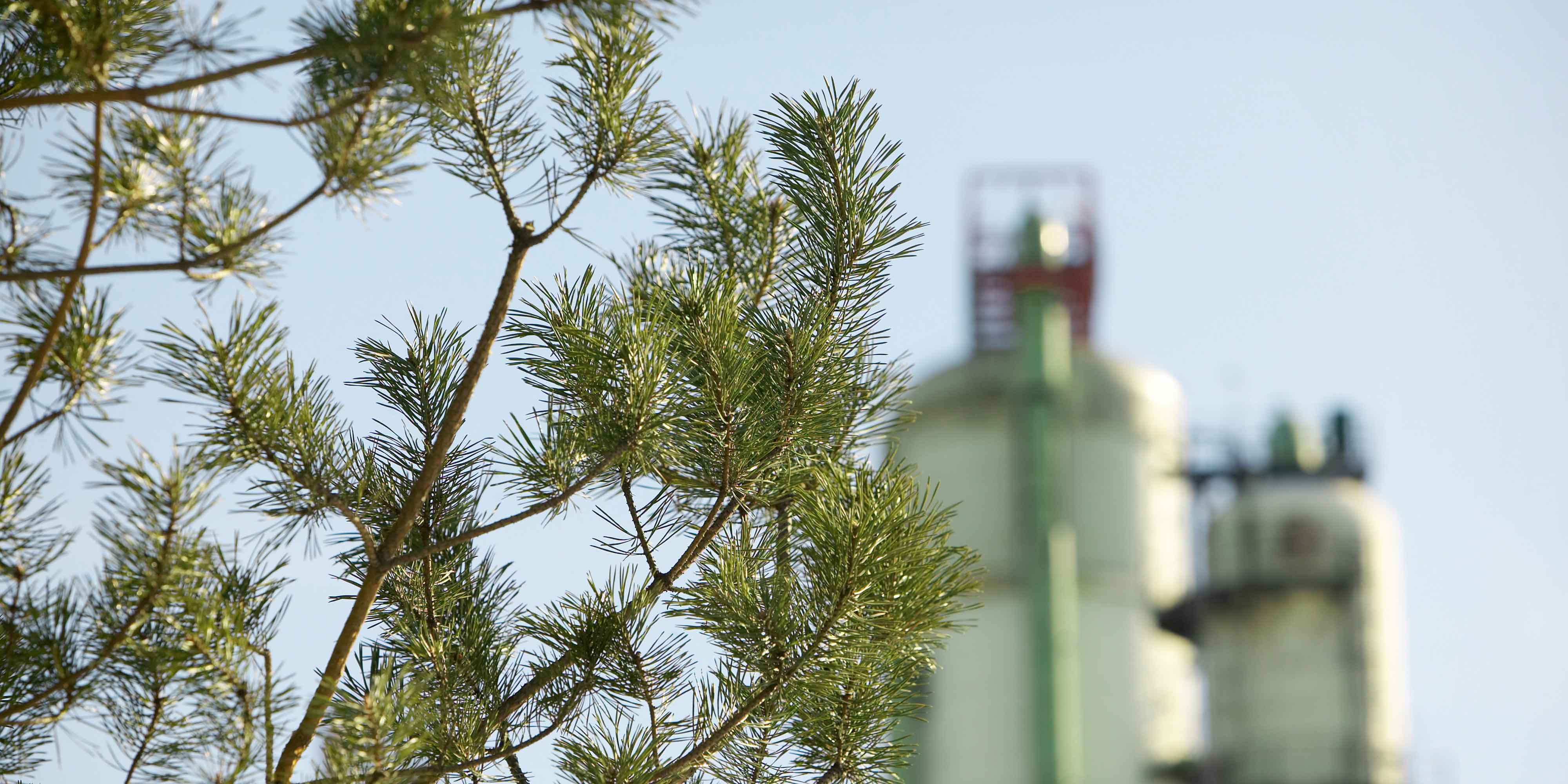
Sustainability
4 minute read
Nature positive – what does it mean?
There’s a new kid on the sustainability buzzword block: nature positive. But what does it mean, and why are sustainability-minded businesses and global decision-makers talking about it?
While nature positivity is one of the standout sustainability trends of 2024, the notion that there simply is no net zero without nature - and that this is something companies can and should incorporate as part of their sustainability strategies - has been brewing for a few years already.
The connection is real: the decline of nature and ecosystems is accentuating climate change impacts, and without actions towards nature and nature-based solutions we cannot mitigate the climate crisis. Meanwhile, nature has of course significant value worthy of protection - and restoration - in its own right too.
In 2021, G7 leaders announced that “our world must not only become net zero, but also nature positive, for the benefit of both people and the planet”. This paradigm asks what it would look like if our economic activities not only minimized impact, but also enhanced ecosystems. According to the World Economic Forum, a nature positive approach enriches biodiversity, stores carbon, and purifies water while also reducing pandemic risks through enhanced resilience of our planet and our societies.
Key drivers: regulations and restoration
The proposed new Nature Restoration Law - a key feature of EU’s Biodiversity Strategy 2030 - and the Kunming-Montreal Global Biodiversity Framework from 2022 have put a significant spotlight on nature positivity, and have increased the interest, and the need, for businesses to consider nature positive approaches, involving strategies and actions to not only protect, but also to restore nature.
Based on the Impact Mitigation Hierarchy, the first step for sustainable businesses is to avoid the disruption to and destruction of nature by protecting it. Minimization of such damage is the next step, and finally restoration supports the vision to achieve a positive impact on nature. This is closely linked to net zero ambitions, since restoring nature means restoring carbon absorption and carbon storage mechanisms, such as valuable wetlands.
“We rely on natural resources, and we need to take care of them to make sure they will exist in the future as well. The purpose of restoration is to achieve something more than what was there in the first place”, explains Asta Soininen, Sustainability and Regulations Associate at Neste, a global leader in the field of renewable diesel and sustainable aviation fuel.
“When you restore biodiversity, then you can also mitigate the impacts of climate change,” she adds.
How to become more nature positive?
Soininen is part of the team that has developed Neste’s biodiversity and nature-positive goals and strategies and shares the steps they are taking as an example:
“Our vision for Neste is to aim to achieve a nature positive value chain by 2040. We have started to evaluate our impacts on nature, for our own operations and for the supply chain. When planning new investments for a new operational site, for example, we would aim to select the one with the least impacts on the natural features surrounding it.
“Then, when planning forward, we would minimize any impacts through reducing emissions.
“And finally, positive impacts can be created by finding areas with similar natural value potential than what has been affected, and restoring them.”
Soininen adds that while ecological compensation as a tool has its place, businesses aiming to become more nature positive should primarily focus on how to avoid negative impacts on nature in the first place. “The more you can avoid the impacts, the less you need to compensate,” she summarizes.
Credits:
Laura Puttkamer, a freelance urban journalist focusing on innovative solutions that make our cities more sustainable and climate-friendly. Originally from Germany, she is based in London and writes for architecture and planning magazines.





